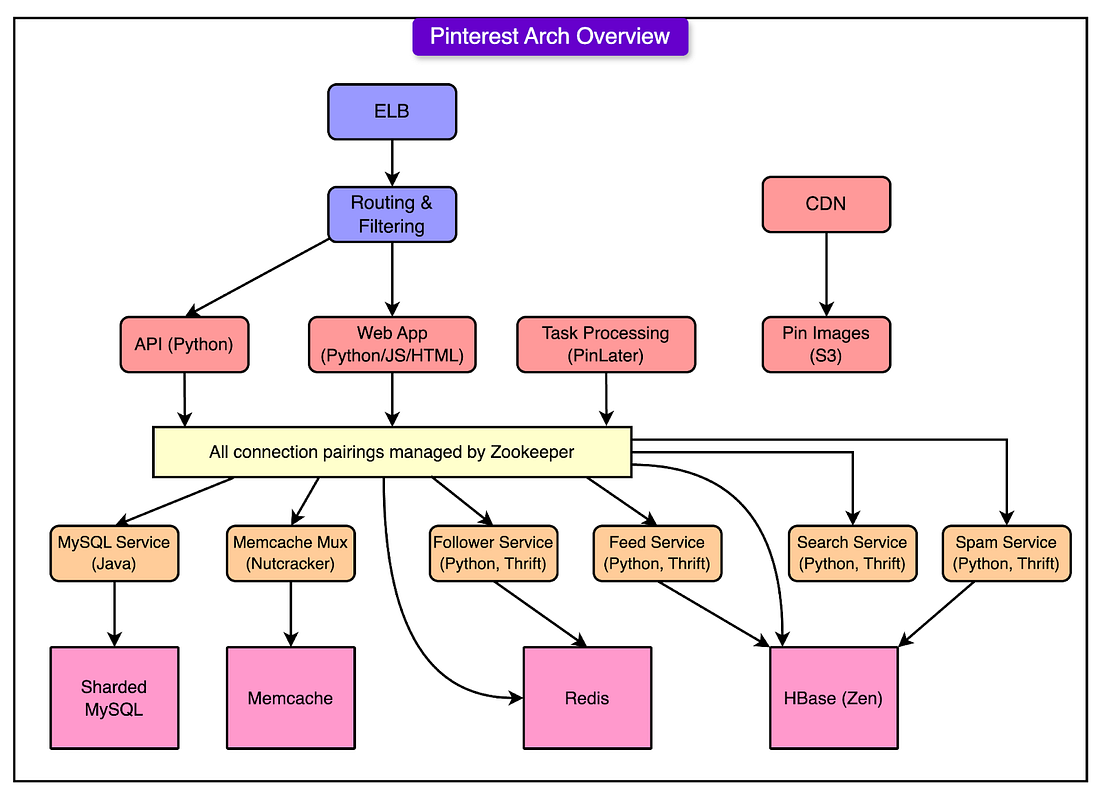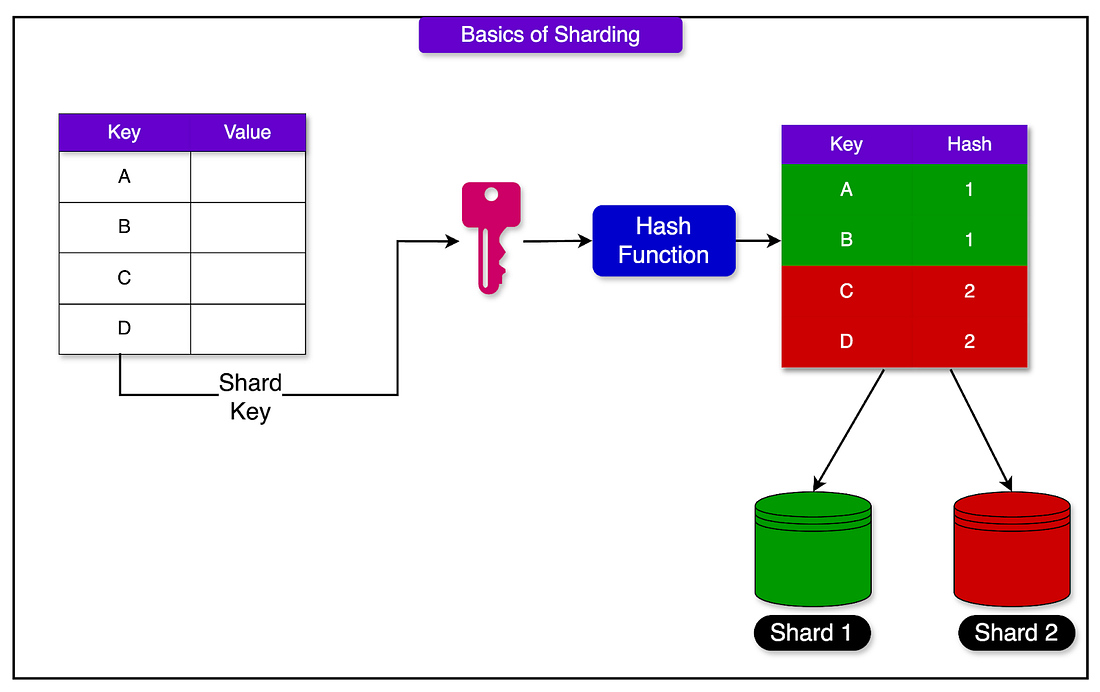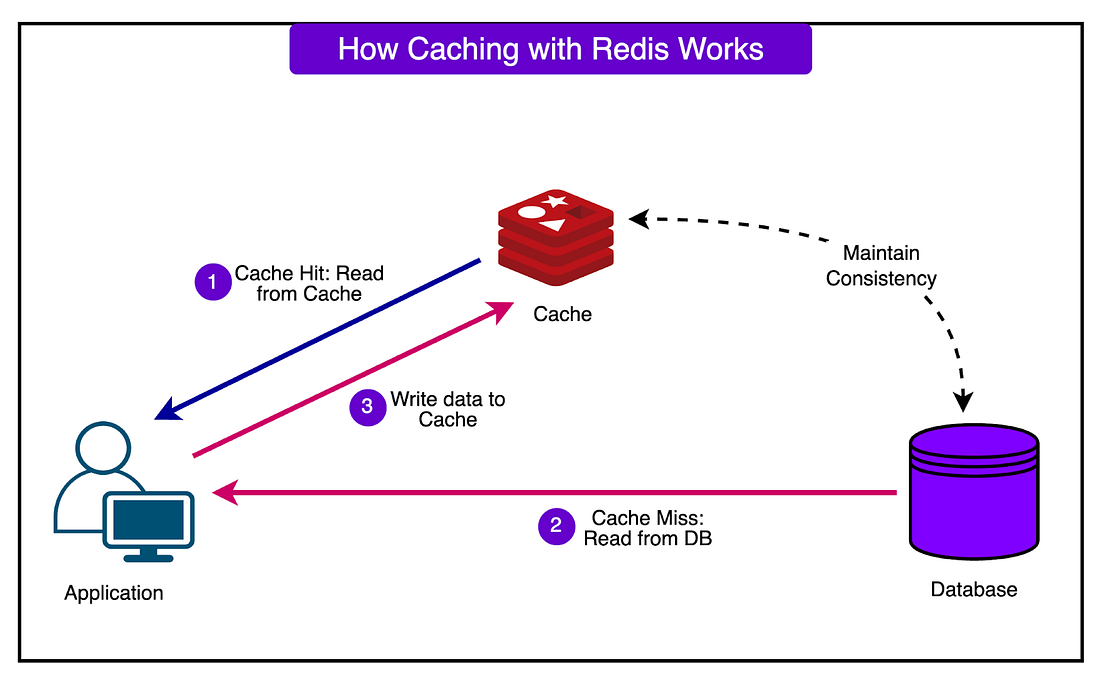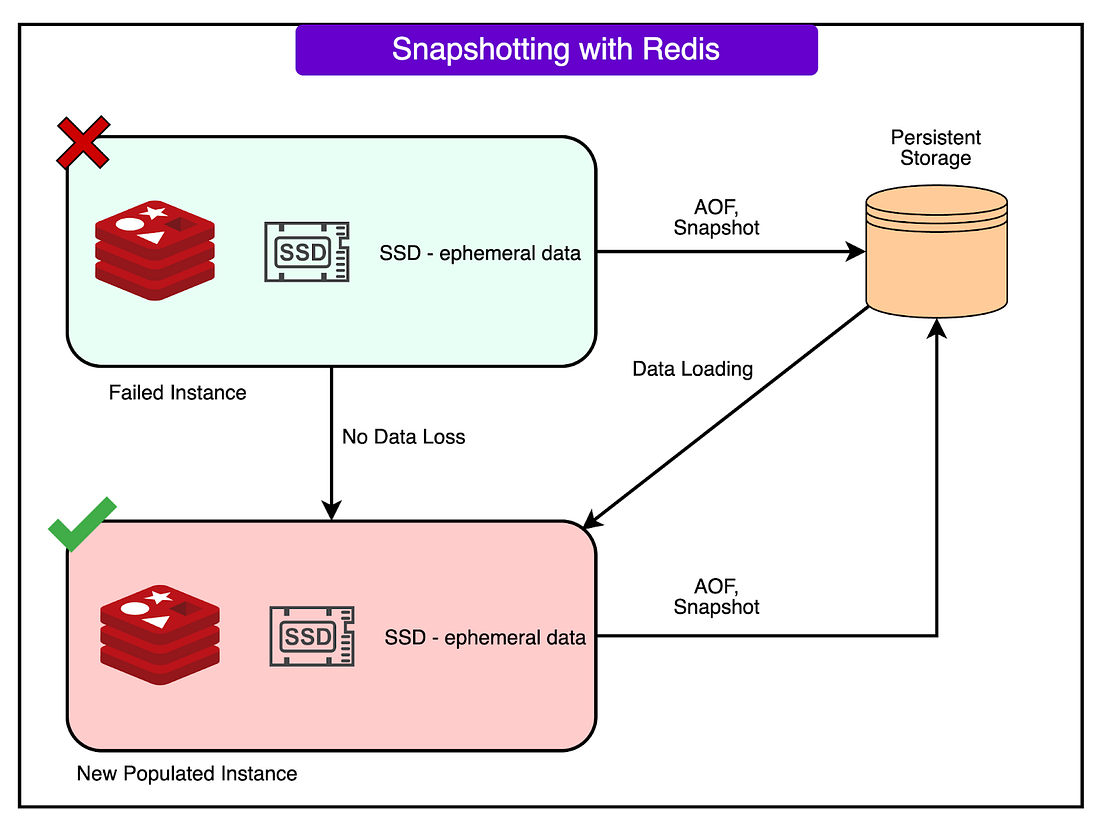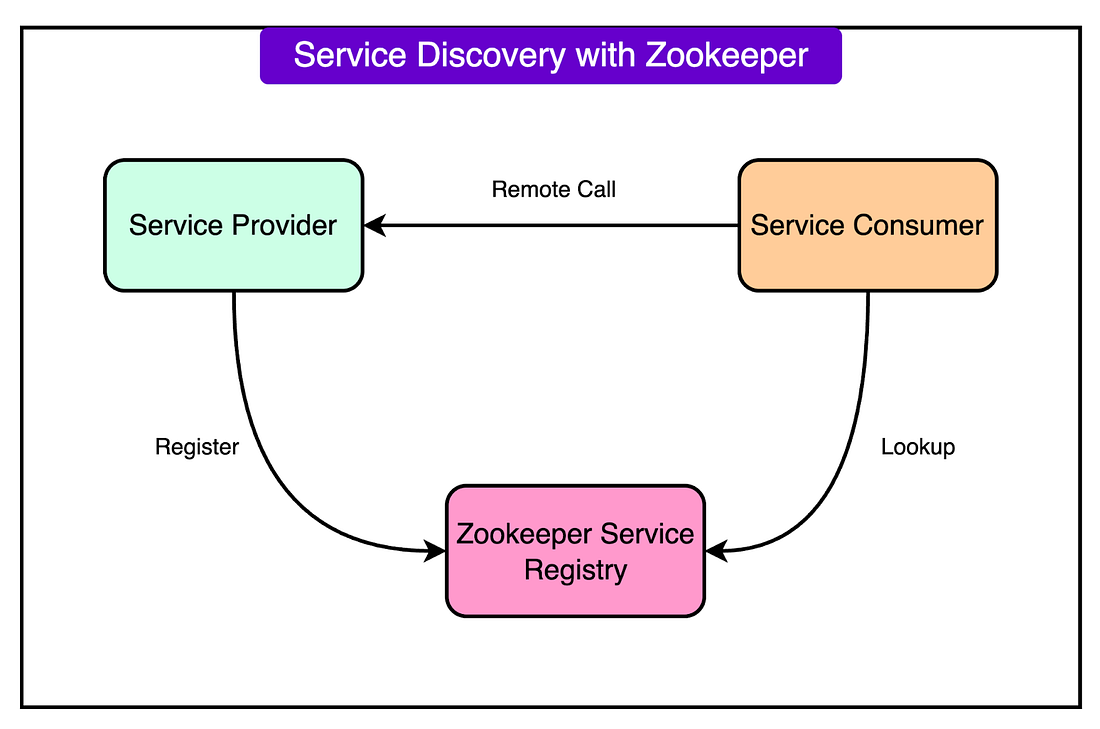- Mailing Lists
- in
- How Pinterest Scaled Its Architecture to Support 500 Million Users
Archives
- By thread 5043
-
By date
- June 2021 10
- July 2021 6
- August 2021 20
- September 2021 21
- October 2021 48
- November 2021 40
- December 2021 23
- January 2022 46
- February 2022 80
- March 2022 109
- April 2022 100
- May 2022 97
- June 2022 105
- July 2022 82
- August 2022 95
- September 2022 103
- October 2022 117
- November 2022 115
- December 2022 102
- January 2023 88
- February 2023 90
- March 2023 116
- April 2023 97
- May 2023 159
- June 2023 145
- July 2023 120
- August 2023 90
- September 2023 102
- October 2023 106
- November 2023 100
- December 2023 74
- January 2024 75
- February 2024 75
- March 2024 78
- April 2024 74
- May 2024 108
- June 2024 98
- July 2024 116
- August 2024 134
- September 2024 130
- October 2024 141
- November 2024 171
- December 2024 115
- January 2025 216
- February 2025 140
- March 2025 220
- April 2025 233
- May 2025 239
- June 2025 156
How Pinterest Scaled Its Architecture to Support 500 Million Users
How Pinterest Scaled Its Architecture to Support 500 Million Users
Avoid the widening AI engineering skills gap (Sponsored)Most AI hype today is about developer productivity and augmentation. This overshadows a more important opportunity: AI as the foundation for products and features that weren’t previously possible. But, it’s a big jump from building Web 2.0 applications to AI-native products, and most engineers aren’t prepared. That’s why Maven is hosting 50+ short, free live lessons with tactical guidance and demos from AI engineers actively working within the new paradigm. This is your opportunity to upskill fast and free with Maven’s expert instructors. We suggest you start with these six:
To go deeper with these experts, use code BYTEBYTEGO to get $100 off their featured AI courses - ends June 30th. Disclaimer: The details in this post have been derived from the articles/videos shared online by the Pinterest engineering team. All credit for the technical details goes to the Pinterest Engineering Team. The links to the original articles and videos are present in the references section at the end of the post. We’ve attempted to analyze the details and provide our input about them. If you find any inaccuracies or omissions, please leave a comment, and we will do our best to fix them. Pinterest launched in March 2010 with a typical early-stage setup: a few founders, one engineer, and limited infrastructure. The team worked out of a small apartment. Resources were constrained, and priorities were clear—ship features fast and figure out scalability later. The app didn’t start as a scale problem but as a side project. A couple of founders, a basic web stack, and an engineer stitching together Python scripts in a shared apartment. No one was thinking about distributed databases when the product might not survive the week. The early tech decisions reflected this mindset. The stack included:
But the scale increased rapidly. One moment it’s a few thousand users poking around images of food and wedding dresses. Then traffic doubles, and suddenly, every service is struggling to maintain performance, logs are unreadable, and engineers are somehow adding new infrastructure in production. This isn’t a rare story. The path from minimum viable product to full-blown platform often involves growing pains that architectural diagrams never show. Systems that worked fine for 10,000 users collapse at 100,000. In this article, we’ll look at how Pinterest scaled its architecture to handle the scale and the challenges they faced along the way. The Initial ArchitecturePinterest’s early architecture reflected its stage: minimal headcount, fast iteration cycles, and a stack assembled more for momentum than long-term sustainability. When the platform began to gain traction, the team moved quickly to AWS. The choice wasn’t the result of an extensive evaluation. AWS offered enough flexibility, credits were available, and the team could avoid the friction of setting up physical infrastructure. The initial architecture looked like this: The technical foundation included:
This stack wasn’t optimized for scale or durability. It was assembled to keep the product running while the team figured out what the product needed to become. Rapid Growth and ChaosAs Pinterest’s popularity grew, traffic doubled every six weeks. This kind of growth puts a great strain on the infrastructure. Pinterest hit this scale with a team of just three engineers. In response, the team added technologies reactively. Each new bottleneck triggered the introduction of a new system:
The result was architectural entropy. Multiple databases, each with different operational behaviors and failure modes, created complexity faster than the team could manage. Each new database seemed like a solution at first until its own set of limitations emerged. This pattern repeated: an initial phase, followed by operational pain, followed by another tool. By the time the team realized the cost, they were maintaining a fragile web of technologies they barely had time to understand. This isn’t rare. Growth exposes every shortcut. What works for a smaller-scale project can’t always handle production traffic. Adding tools might buy time, but without operational clarity and internal expertise, it also buys new failure modes. By late 2011, the team recognized a hard truth: complexity wasn’t worth it. They didn’t need more tools. They needed fewer, more reliable ones. Post-Rearchitecture StackAfter enduring repeated failures and operational overload, Pinterest stripped the stack down to its essentials. The architecture stabilized around three core components: MySQL, Redis, and Memcached (MIMC). Everything else (MongoDB, Cassandra, MBase) was removed or isolated. Let’s look at each in more detail. MySQLMySQL returned to the center of the system. It stored all core user data: boards, pins, comments, and domains. It also became the system of record for legal and compliance data, where durability and auditability were non-negotiable. The team leaned on MySQL’s maturity: decades of tooling, robust failover strategies, and a large pool of operational expertise. However, MySQL had one critical limitation: it didn’t scale horizontally out of the box. Pinterest addressed this by sharding and, more importantly, designing systems to tolerate that limitation. Scaling became a question of capacity planning and box provisioning, not adopting new technologies. The diagram below shows how sharding works in general: RedisRedis handled problems that MySQL couldn’t solve cleanly:
Redis was easier to operate than many of its NoSQL competitors. It was fast, simple to understand, and predictable, at least when kept within RAM limits. Durability Modes: Choosing Trade-offs ExplicitlyRedis offers several persistence modes, each with clear implications:
Pinterest leaned heavily on Redis snapshotting. It wasn’t bulletproof, but for systems like the follower graph or content feeds, the trade-off worked: if a node died, data from the last few hours could be rebuilt from upstream sources. This avoided the latency penalties of full durability without sacrificing recoverability. The diagram below shows snapshotting with Redis. Why Redis Over MySQL?MySQL remained Pinterest’s source of truth, but for real-time applications, it fell short:
Redis offered a better fit for these cases:
Memcached (MIMC): Cache Layer StabilityMIMC served as a pure cache layer. It didn’t try to be more than that, and that worked in its favor. It offloaded repetitive queries, reduced latency, and helped absorb traffic spikes. Its role was simple but essential: act as a buffer between user traffic and persistent storage. Microservices and Infrastructure AbstractionAs Pinterest matured, scaling wasn’t just about systems. It was also about the separation of concerns. The team began pulling tightly coupled components into services, isolating core functionality into defined boundaries with clear APIs. Service Boundaries That MatteredCertain parts of the architecture naturally became services because they carried high operational risk or required specialized logic:
PinLater: Asynchronous Task ProcessingBackground jobs were offloaded to a system called PinLater. The model was simple: tasks were written to a MySQL-backed queue with a name, payload, and priority. Worker pools pulled from this queue and executed jobs. This design had key advantages:
PinLater replaced ad hoc queues and inconsistent task execution patterns. It introduced reliability and consistency into Pinterest’s background job landscape. Service Discovery with ZookeeperTo avoid hardcoded service dependencies and brittle connection logic, the team used Zookeeper as a service registry. When an application needed to talk to a service, it queried Zookeeper to find available instances. This offered a few critical benefits:
Data Pipeline and MonitoringAs Pinterest scaled, visibility became non-negotiable. The team needed to know what was happening across the system in real-time. Logging and metrics weren’t optional but part of the core infrastructure. Kafka at the CoreThe logging backbone started with Kafka, a high-throughput, distributed message broker. Every action on the site (pins, likes, follows, errors) pushed data into Kafka. Think of it as a firehose: everything flows through, nothing is lost unless explicitly discarded. Kafka solved a few key problems:
Secor + S3: Durable, Queryable LogsOnce the data hit Kafka, it flowed into Secor, an internal tool that parsed and transformed logs. Seor broke log entries into structured formats, tagged them with metadata, and wrote them into AWS S3. This architecture had a critical property: durability. S3 served as a long-term archive. Once the data landed there, it was safe. Even if downstream systems failed, logs could be replayed or reprocessed later. The team used this pipeline not just for debugging, but for analytics, feature tracking, and fraud detection. The system was designed to be extensible. Any new use case could hook into Kafka or read from S3 without affecting the rest of the stack. Real-Time MonitoringKafka wasn’t only about log storage. It enabled near-real-time monitoring. Stream processors consumed Kafka topics and powered dashboards, alerts, and anomaly detection tools. The moment something strange happened, such as as spike in login failures, a drop in feed loads, it showed up immediately. This feedback loop was essential. Pinterest didn’t just want to understand what happened after a failure. They wanted to catch it as it began. ConclusionPinterest’s path from early chaos to operational stability left behind a clear set of hard-earned lessons, most of which apply to any system scaling beyond its initial design. First, log everything from day one. Early versions of Pinterest logged to MySQL, which quickly became a bottleneck. Moving to a pipeline of Kafka to Seor to S3 changed the game. Logs became durable, queryable, and reusable. Recovery, debugging, analytics, everything improved. Second, know how to process data at scale. Basic MapReduce skills went a long way. Once logs landed in S3, teams used MapReduce jobs to analyze trends, identify regressions, and support product decisions. SQL-like abstractions made the work accessible even for teams without deep data engineering expertise. Third, instrument everything that matters. Pinterest adopted StatsD to track performance metrics without adding friction. Counters, timers, and gauges flowed through UDP packets, avoiding coupling between the application and the metrics backend. Lightweight, asynchronous instrumentation helped spot anomalies early, before users noticed. Fourth, don’t start with complexity. Overcomplicating architecture early on, especially by adopting too many tools too fast, guarantees long-term operational pain. Finally, pick mature, well-supported technologies. MySQL and Memcached weren’t flashy, but they worked. They were stable, documented, and surrounded by deep communities. When something broke, answers were easy to find. Pinterest didn’t scale because it adopted cutting-edge technology. It scaled because it survived complexity and invested in durability, simplicity, and visibility. For engineering leaders and architects, the takeaways are pragmatic:
References: SPONSOR USGet your product in front of more than 1,000,000 tech professionals. Our newsletter puts your products and services directly in front of an audience that matters - hundreds of thousands of engineering leaders and senior engineers - who have influence over significant tech decisions and big purchases. Space Fills Up Fast - Reserve Today Ad spots typically sell out about 4 weeks in advance. To ensure your ad reaches this influential audience, reserve your space now by emailing sponsorship@bytebytego.com. © 2025 ByteByteGo |
by "ByteByteGo" <bytebytego@substack.com> - 11:37 - 19 May 2025

